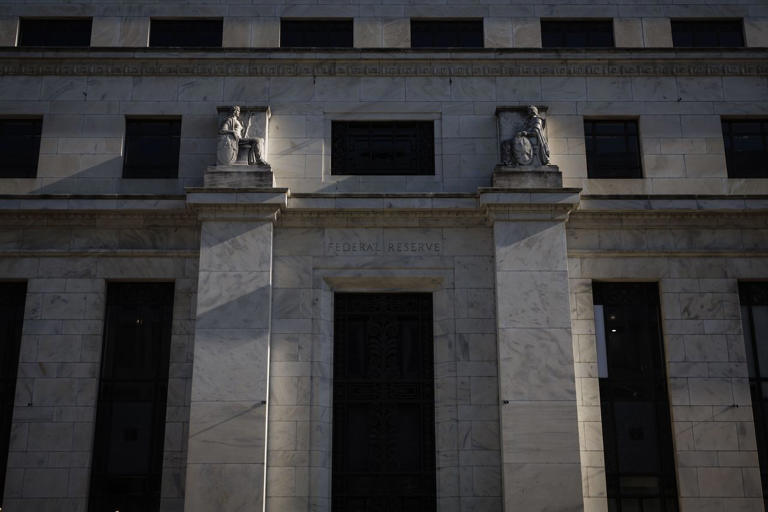The recent inflation report has dealt a significant setback to the Federal Reserve’s plans for a smooth economic transition, as it revealed firmer-than-anticipated inflation figures. This development challenges the central bank’s ability to implement rate cuts, a move they hoped would help facilitate what’s known as a “soft landing” for the economy. Despite solid hiring and the prospect of inflation hovering around 3% instead of the Fed’s 2% target, policymakers now face uncertainty about the timing and extent of rate adjustments.
Earlier in the year, the Fed appeared optimistic as inflation declined more rapidly towards the end of 2023 than expected. This decline seemed to suggest that the proverbial “last mile” of the inflation battle might not be as challenging as previously thought. The hope was that after a significant drop from 7% in June 2022 to 3% in 2023, inflation would gently return to the Fed’s 2% goal without causing significant disruptions in the labor market. However, the recent inflation data has thrown a wrench into these plans.
The latest inflation report raises two possible scenarios for the Fed. One possibility is that inflation continues to decline but in a “bumpy” manner, meaning that while there may still be some rate cuts, they will likely be delayed and less aggressive. The other possibility is that inflation remains stubbornly high, hovering around 3%, which could eliminate the case for rate cuts altogether. This dilemma underscores the difficulty of predicting inflation dynamics and the Fed’s delicate balancing act between supporting economic growth and managing inflationary pressures.
Chair Jerome Powell and other Fed officials have emphasized the importance of monitoring a broad range of economic indicators before making policy decisions. However, with signs of continued economic strength, the focus on inflation data has intensified, as it serves as a critical factor in shaping the Fed’s policy trajectory.
Market expectations for rate cuts have shifted in response to changing economic conditions. Futures contracts now indicate a more conservative outlook, with traders projecting only one or two quarter-point cuts by the end of the year, compared to earlier expectations of six or seven cuts. This shift reflects growing uncertainty about the Fed’s ability to navigate the current economic environment effectively.
The debate within the Fed over the drivers of inflation further complicates the policy outlook. Some officials attribute inflationary pressures to temporary factors, such as pandemic-related disruptions, while others express concern about underlying structural issues that may require a more aggressive response. This divergence of views highlights the complexity of the inflation puzzle and the challenges facing policymakers as they strive to achieve their dual mandate of price stability and maximum employment.
In the coming months, the Fed will continue to closely monitor economic data and assess the need for policy adjustments. However, the path forward remains uncertain, and policymakers must tread carefully to avoid unintended consequences and maintain confidence in the central bank’s ability to steer the economy towards a sustainable and balanced trajectory.
